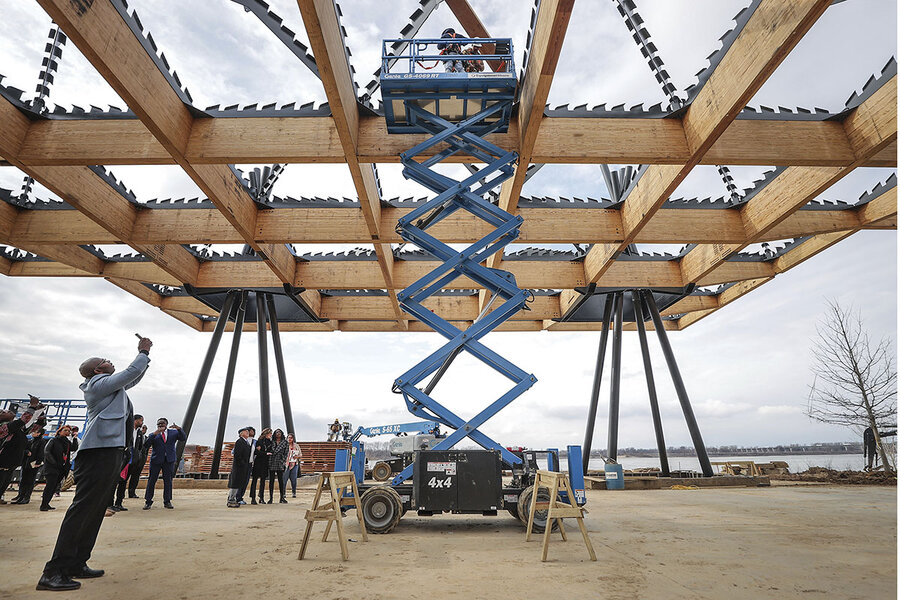
Tyre Nichols’ death seemed only to confirm a portrait of Memphis as defined by crime and poverty. But in all their city’s contradictions, Memphians see something else, too: promise.
Last January in his State of the City address, Memphis Mayor Jim Strickland walked to the lectern with a binder of good news.
The city was still in a swell of violent crime, but it was also investing in youth programs and its police force – including an elite SCORPION unit. The city had lost 46,000 jobs during the pandemic, but almost all of them were now recovered. Mayor Strickland titled the speech “A City on the Rise.”
A year later to the day, Mr. Strickland addressed the city again, this time in a video preparing them for footage of five police officers ruthlessly beating Tyre Nichols. His coda: “We must all work to regain the public’s trust and work together to heal the wounds these events have caused.”
This is a familiar cycle in Memphis – adding new wounds before the city’s old ones fully heal. Its residents often speak of their home as a series of contradictions: liberation and poverty, racial progress and stagnation, nonviolent protest and persistent violent crime. Mr. Nichols’ death would have been traumatic anywhere, but in Memphis it met a local crisis of confidence.










